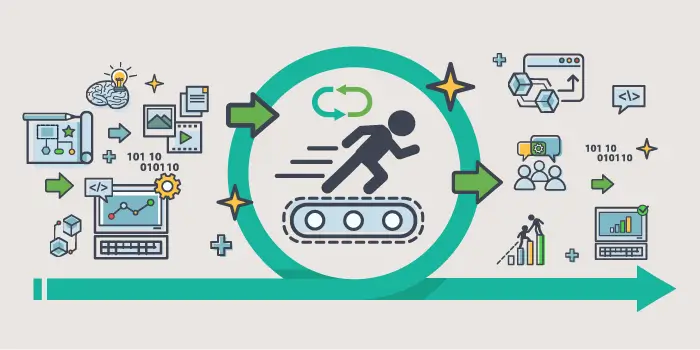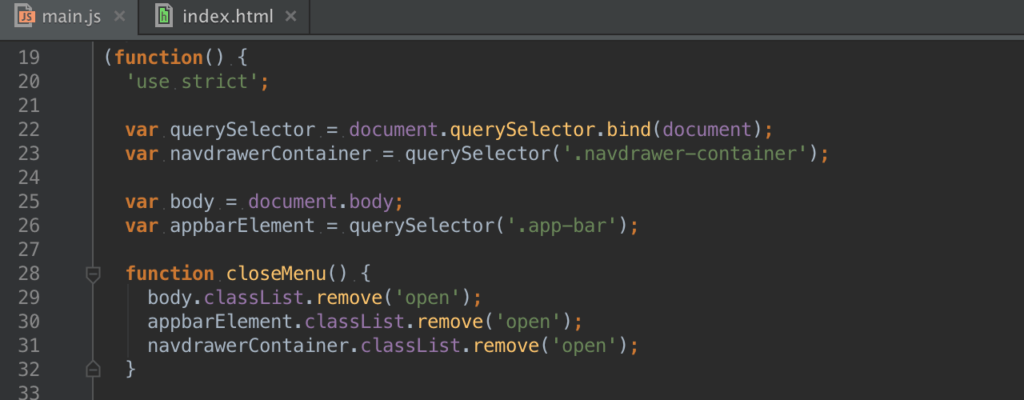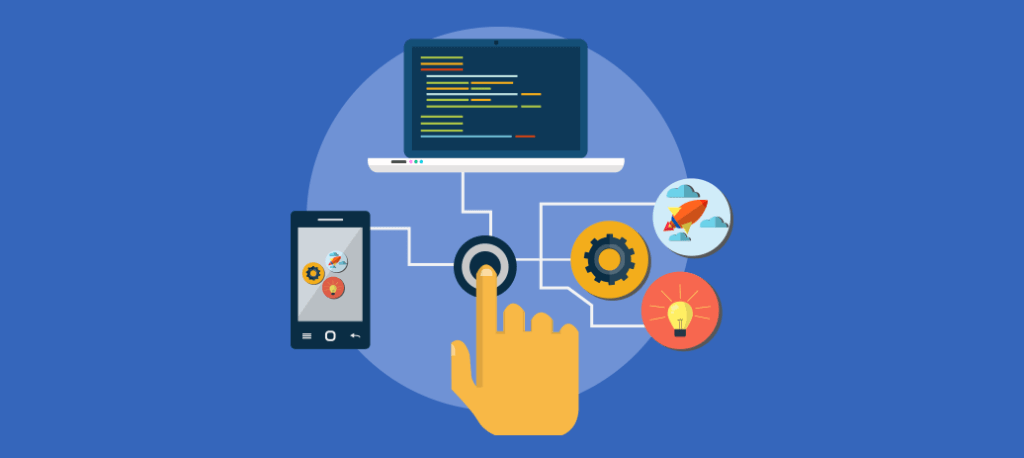
Once upon a time, programming was a slow and tedious process. You had to write code, compile it, run it, and see if it worked. If it didn’t, you had to go back and rewrite your code, and then repeat the process until you got it right. Fortunately, these days there are a number of ways to speed up the coding process, as well as to ensure accuracy – agile software development is one of them.
But what is Agile? What is its role in software development? And how do you implement it in a programming context?
Agile software development is a project management methodology that allows for changes and adaptations in project plans and goals as the project evolves. It follows the philosophy that the best way to manage a project is to respond to changes as they occur, rather than trying to stick to a rigid plan.

Source: SysAid
This may seem like a chaotic way to manage a project, but agile software development actually relies on a number of principles that ensure that the project stays on track and results in a usable product. These principles include regular feedback, a team-based approach, and continuous delivery of working software.
The goal of agile software development is to produce software that meets the needs of the customer. The customer is involved in the project from the beginning, and the team works closely with them to get feedback and make adjustments as the project progresses. This ensures that the final product is exactly what the customer wants and is able to use.
In agile software development, requirements and solutions evolve through collaboration between self-organising, cross-functional teams. Agile enables swift and flexible responses to change, constant communication and feedback among team members, and early delivery of working software to stakeholders.
Agile practitioners use specific tools and techniques which they call “agile methods” or “methodologies”. Many agile methods are based on Extreme Programming (XP), a software development methodology that relies on customer collaboration, refactoring, and regular releases to improve the quality of software.
There are a variety of agile methods, but most share some common properties:
Testing is an essential part of agile software development. In order to ensure that new features or changes to code do not break the existing system, automated tests are used to verify that everything still works as it should. Automated tests can help to identify issues early in the development process before they become a problem.
There are a variety of software tools that can be used for automated testing. Some of the most popular ones include Selenium, WebDriver, and Cucumber. These tools can be used to automate the testing of web applications, mobile applications, and desktop applications.
Agile software development is an approach to software development that emphasises collaboration, iteration, and customer feedback. One of the tenets of agile development is that the software should be easy to read and understand. This means that the code should be easy to follow and that the intent of the code is clear.

Source: JetBrains Blog
There are many ways in which you can improve the readability of your code. Some of these include adding comments to your code to ensure that other team members are on the same page, keeping your indentation style consistent, and introducing a standardised and consistent naming scheme.
Third-party tools can help developers speed up the code review process by automating many of the tasks that need to be completed. They can also help developers ensure that code is reviewed accurately by providing feedback on coding style, errors, and more.
Tabnine is a plugin for the developer’s editor that uses AI machine learning to help developers write code more quickly, accurately, and easily. This is achieved by automatically completing common code actions, identifying errors, and providing feedback on coding style. This allows developers to focus on the code itself and not on the mundane tasks that can often slow them down.
Regularly backing up your code is one of the most important things you can do for agile software development. It helps ensure you don’t lose any work if something goes wrong with your computer or software, and it also makes it easier to track changes and keep track of who made which changes and when.
Most code-backup software will allow you to save different versions of your code, so you can easily go back to an earlier version if you need to. This is especially helpful if you’re working on a big project and you need to undo a change that didn’t turn out the way you wanted.
Low-code development platforms can help speed up the agile software development process by allowing developers to quickly create prototypes and test them out. These tools also make it easy to make changes to the code, which allows for faster feedback cycles.

Source: API Open Studio
In addition, low-code development platforms can help reduce the amount of time needed to create a finished product. This is because these tools allow developers to create code without needing to know how to write it from scratch. This can be a huge time-saver for developers who are familiar with agile development but are not as familiar with coding.
It is important that everyone is on the same page and that team members are using the same terminology. One way to ensure this is to standardise the headers for different modules. This will help to ensure that the code is properly organised and that everyone is aware of the module’s purpose.
In general, there are three main types of headers that can be used in agile software development:
Feature headers should be used to identify the features that are being developed. This will help to keep track of which features have been implemented and which ones are still pending.
Module headers should be used to identify the modules that are being developed. This will help to keep track of which modules have been implemented and which ones are still pending.
Component headers should be used to identify the components that are being developed. This will help to keep track of which components have been implemented and which ones are still pending.
There are a number of benefits to peer reviews. Firstly, they help to ensure that the team is constantly producing high-quality code. They also help to identify problems and potential improvements early on, before they become bigger issues. Peer reviews also enable teams to build team cohesion, as team members learn to work together and give each other feedback.
The key to getting the most out of peer reviews is to make sure that they are conducted in a constructive manner. Team members should be open to feedback and be willing to listen to suggestions for improvement. Peer reviews can be a great way for teams to continue to improve their agile process.
Coding practices have come a long way in the past few years. The use of agile software development practices has helped teams produce better code in a more timely fashion. However, with the ever-growing demands of the business world, we need faster and easier ways to write code. Tabnine is the answer to that need.
Tabnine is a code auto-completion tool that allows developers to quickly and easily write code. It speeds up the coding process by automatically completing code for the developer, which allows them more time to focus on the task at hand, rather than having to spend time looking up code snippets.